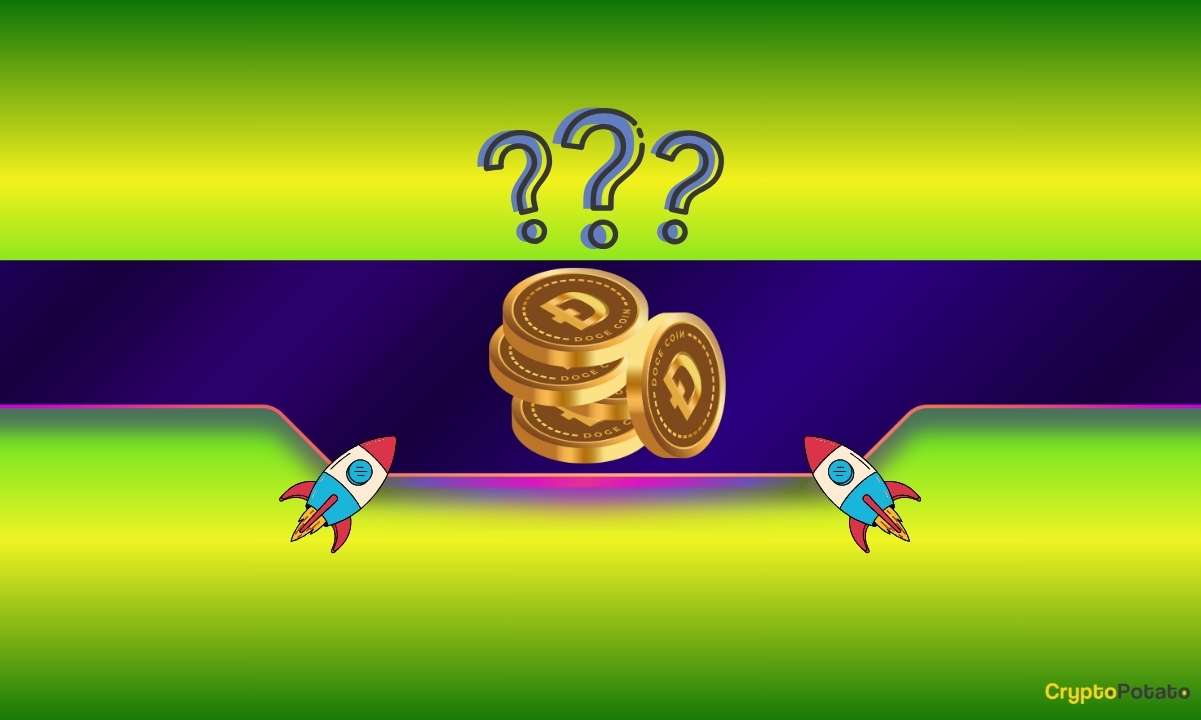Ever since Pong was released in 1972 and changed the world, Gaming has evolved into one of the world’s largest entertainment industries, surpassing even film and music in revenue. This growth has been propelled by the increasing accessibility of games and their ability to appeal to diverse audiences.
Titles like Stardew Valley and Animal Crossing have been instrumental in this shift, offering experiences that emphasize relaxation, creativity, and social interaction.
These games have demonstrated that gaming can be a space for hardcore and casual players alike by focusing on fun and creativity rather than complex mechanics or intense competition. This inclusivity has helped break down barriers and build a sense of community among players.
The success of these games has highlighted a growing demand for non-competitive experiences, allowing players to engage in open-ended gameplay at their own pace.
Unlike traditional competitive titles such as League of Legends or Dark Souls, these games invite players to explore, create, and socialize without the pressure of high-stakes competition or difficult mechanics. This shift has opened new possibilities for game developers to reach a broader audience across all demographics, focusing on narrative and creativity rather than just action or skill-based challenges.
My Neighbor Alice is one of the web3 games taking this approach to bring new gamers to the blockchain space, a realm often seen as intimidating or complex for new players (or as gamers would put it, “Noobs”).
By combining the charm of cozy games with Web3 technology, it offers a non-intrusive way for players to experience blockchain features, like NFTs, while enjoying a casual yet complex and fun game. In doing so, My Neighbor Alice is set to introduce millions of players to the potential of blockchain gaming, just as Stardew Valley and Animal Crossing did for mainstream gaming.

What Is My Neighbor Alice All About?
My Neighbor Alice describes itself as a multiplayer builder game where players get to own their very own virtual islands, customizing them to their heart’s desire while inviting and visiting other players in the process. If you are a gamer and this sounds familiar, it is because the game was inspired by Animal Crossing itself, one of the most popular franchises ever created by Nintendo.
By combining a familiar genre with the many benefits of decentralization and digital assets, My Neighbor Alice gets to add an element that its traditional counterparts don’t offer: true ownership. Whereas games like Animal Crossing and Stardew Valley result in all of the hard work being “lost” once the player fulfills their objectives, game support ends, files get corrupted, etc, this is not the case with My Neighbor Alice.

By using NFTs, the game allows players to interact with the world in a whole new different way, transferring ownership in any way they want and unlocking interesting features that traditional in-game assets just don’t possess. This also allows players to, in the team’s words, “exercise power over the platform” through democratic governance. This means not only players get to exercise their creativity over their own islands but all over the virtual world.
Effectively, My Neighbor Alice is an online video game that can be played as a solo or multiplayer adventure, combining an exciting storyline experience most web3 games don’t possess and the creative freedom of a sandbox experience.
Features and Ecosystem
Bringing blockchain and DeFi capabilities to the world of video games means that My Neighbor Alice has much more to offer than a satisfying gaming experience. In-game assets, virtual land, a decentralized marketplace, trading features, and decentralized governance all come together to create a world in which players are right at the center. Let’s take a look.
Decentralized Marketplace
With NFTs being a major pillar of My Neighbor Alice, it is not surprising that its marketplace plays one of the most important roles. However, while marketplaces in other games allow players to buy assets directly from the developers or with an infinite supply, this marketplace operates more similarly to those in the crypto world.
My Neighbor Alice’s marketplace is all about letting players buy and sell assets by directly interacting with other players.

Most of these assets have some level of scarcity to them in the sense that they are not generated through infinite in-game faucets. This gives these assets an innate value that goes beyond their appearance, similar to the way that popular blockchain projects like Bored Yacht Ape Club have popularized.
Lummelunda Archipielago
Lummelunda Archipelago is the name of the world in which My Neighbor Alice’s titular Alice lives and players get to create. Divided into 6 islands with their own style and ecosystem, players will be able to buy virtual plots from Alice or other players in the marketplace, plots which will transform into something completely unique.
This is the virtual world players get to interact with and share, being the scenario for their very own stories. Players also get to interact with different Non-Player Characters like Alice, Björn the Bear, Beekeeper Bob, Ivan the Merchant, and Shipwright José. These neighbors will provide players with a plethora of content and directions, making the gaming experience much more rewarding and interactive.
Player Avatars and In-Game Assets
Identity plays a key role in My Neighbor Alice, and players are represented by customizable avatars that can be shaped in numerous ways. These avatars serve as the player’s identity within the game world, visible to others as they explore and socialize.

In addition to avatars, players can acquire in-game assets such as houses, animals, decorations, and cosmetic items, all of which can be bought and sold in the marketplace.
Players can also use the NFT creator tool to design their own assets and monetize their creations, opening up new opportunities for creativity and entrepreneurship.
Progression System
One of the defining factors of sandbox games is that there is no predefined objective. This, while alluring to many players, can make it difficult for some players to get into the games as they lose focus along the way or are overwhelmed by the sheer freedom. Without clear goals, some may lose focus or feel discouraged, unsure of where to start or what to pursue next.
My Neighbor Alices has a progression system that manages to keep objective-oriented players engaged by providing feedback and general guidance, all without sacrificing player freedom. Players also get rewarded for completing these quests, and even for being recognized as “good citizens”, further developing the social aspect of the game.
The ALICE Token
The ALICE token is the main currency in My Neighbor Alice, both serving as an in-game asset and as an ERC20 token. With a fixed supply, the token allows holders to engage in various aspects of the game, from purchasing assets and land to participating in governance and DeFi opportunities.

In addition to its in-game utility, the ALICE token supports decentralized finance (DeFi) features. Token holders can stake ALICE to earn rewards, participate in governance by voting on platform developments, and influence key decisions in the virtual world. This integration of DeFi allows players to earn passive income, control in-game developments, and drive the game’s evolution.
The Team Behind the Curtain
The development of My Neighbor Alice is backed by a strong team, with Chromia, a decentralized public blockchain, playing a critical role in the game’s infrastructure.
Chromia started and maintained by ChromaWay, is designed to offer blockchain scalability and ease of use for both developers and users. Its architecture combines relational databases with blockchain technology, making it an ideal solution for complex game designs, particularly those that involve dynamic, on-chain logic.
The game’s investors include names like NGC Ventures, The Sandbox, The Blockchain Game Alliance, Binance Labs, Ankr, Maker, and more. The team has also established important partnerships with brands like Elle, bringing even more customization and value to its players.
Conclusion
My Neighbor Alice is a prime example of how gaming can evolve by embracing both creativity and the growing potential of blockchain technology.
By combining the charm of familiar sandbox games like Animal Crossing with decentralized features such as NFTs and DeFi, it offers players more than just a traditional gaming experience. Players not only get to create and own their virtual world but can also engage with a broader ecosystem that includes decentralized marketplaces, governance, and a progression system that rewards their efforts.
With gaming continuing to grow and solidify its position as a dominating industry, titles like My Neighbor Alice are just what web3 needs to go mainstream. By offering a seamless entry into the world of NFTs, DeFi, and virtual ownership, it is paving the way for the future of gaming to be more inclusive, innovative, and player-driven. Also, it is extremely fun!
The post My Neighbor Alice: Bridging Traditional Gaming & Web3 Through Cozy Island Building appeared first on Blockonomi.

 2 months ago
29
2 months ago
29









 English (US) ·
English (US) ·